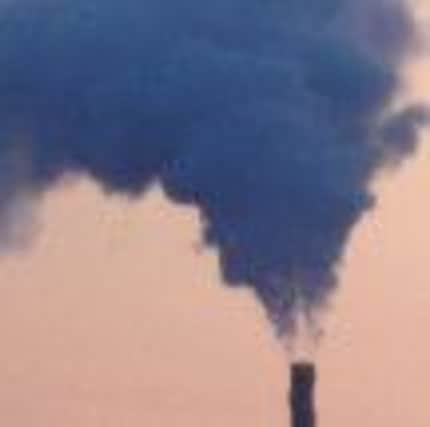Attwood asked toprobe cancer rates


Almost a year ago the Sentinel revealed a breakdown of cancer rates in Londonderry showing every single community had suffered cancer deaths in double figures since 2007.
One hundred and eight people were diagnosed with cancer in the Enagh Ward between 2007 and 2009.
Advertisement
Hide AdAdvertisement
Hide AdOnly in Culmore - directly across the River Foyle from the heavily industrialised Strathfoyle and Maydown area - was there a higher number of cancer incidences with 139.
Twenty-nine people died in Culmore and 25 died in Enagh during the 2008-2010 period.
However, the SDLP has pointed out that Culmore is by far the biggest ward in Londonderry with a population of 9,612, according to figures for 2010.
Equally, Enagh is the fourth largest ward (4,939) and the SDLP says both would be expected to rank highly in terms of incidences and deaths.
Advertisement
Hide AdAdvertisement
Hide AdNow Mr Attwood has been asked by Sinn Féin MLA Maeve McLaughlin if he will carry out an environmental impact assessment into the effects of industry on the Strathfoyle, Maydown and Culmore areas.
Strathfoyle community worker Eamon O’Donnell has been calling for such an inquiry into possible links between heavy industry and cancer since the Sentinel revealed the number of cancer incidences in the areas last April.
The Environment Minister told Ms McLaughlin that due to her reference to a public health issue, he would forward her query to the Health Minister Edwin Poots.
He went on to state: “Separately, a planning application for a proposed waste gasification plant as part of the integrated waste management operations at the existing Enviroparc, accompanied with an Environmental Statement was submitted on the 23 March 2009 and an Addendum to the Environmental Statement was received on the 10 May 2010.”
Advertisement
Hide AdAdvertisement
Hide AdMr Attwood was referring to a new super-incinerator at Strathfoyle that will eventually treat up to 140k tonnes of waste per year using Mechanical Biological Treatment (MBT) and 80k tonnes of waste per year using gasification.
Local community workers have called for the incinerator to be located in Fort George.
But Mr Attwood said his Department had taken into consideration any input received from local groups as part of a full consultation.
“In determining the planning application, the Department took into consideration the information contained in the Environmental Statement, the Addendum to the Environmental Statement, any additional information supplied by the applicant during the process, any comments made by the consultation bodies including those from non-governmental organisations and any representations made by members of the public,” he stated.
Advertisement
Hide AdAdvertisement
Hide Ad“There was the established process of consultation and communication,” he added.
In terms of cancer incidences in Londonderry generally, the Sentinel revealed earlier this year that Clondermot suffered the highest rate of cancer in the city between 2007 and 2009 with 106 incidences amongst the 2,853 people living there (nearly 4 per cent).
Clondermot also suffered the fourth highest cancer death rate (0.88 per cent; 25 deaths) over the same period.
Based on incidence the worst affected wards in the city were: Clondermot (3.72 per cent); Pennyburn (3.71 per cent); Beechwood (3.63 per cent); Westland (3.19 per cent); Ballynashallog (2.97 per cent); Victoria (2.82 per cent); Caw (2.80 per cent); Brandywell (2.69 per cent); Lisnagelvin (2.67 per cent); and Ebrington (2.53 per cent).
Advertisement
Hide AdAdvertisement
Hide AdAnd based on death the worst affected wards were Brandywell (1.13 per cent); Pennyburn (1.06 per cent); Westland (0.92 per cent); Clondermot (0.88 per cent); Ballynashallog (0.87 per cent); Beechwood (0.77 per cent); Caw (0.74 per cent); The Diamond (0.73 per cent); Strand (0.72 per cent); and Carnhill (0.68 per cent).
The figures were revealed by an SDLP analysis of cancer rates in Londonderry.